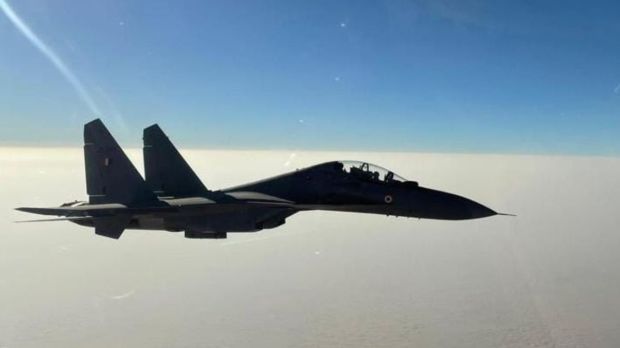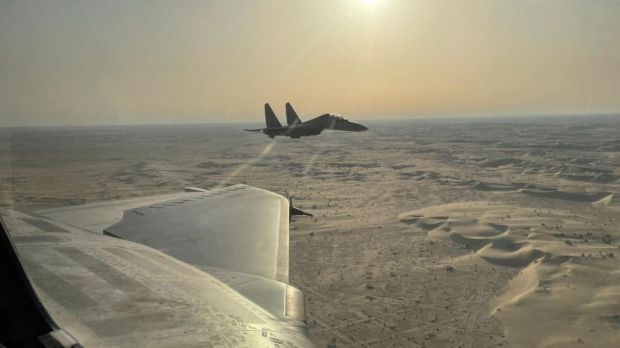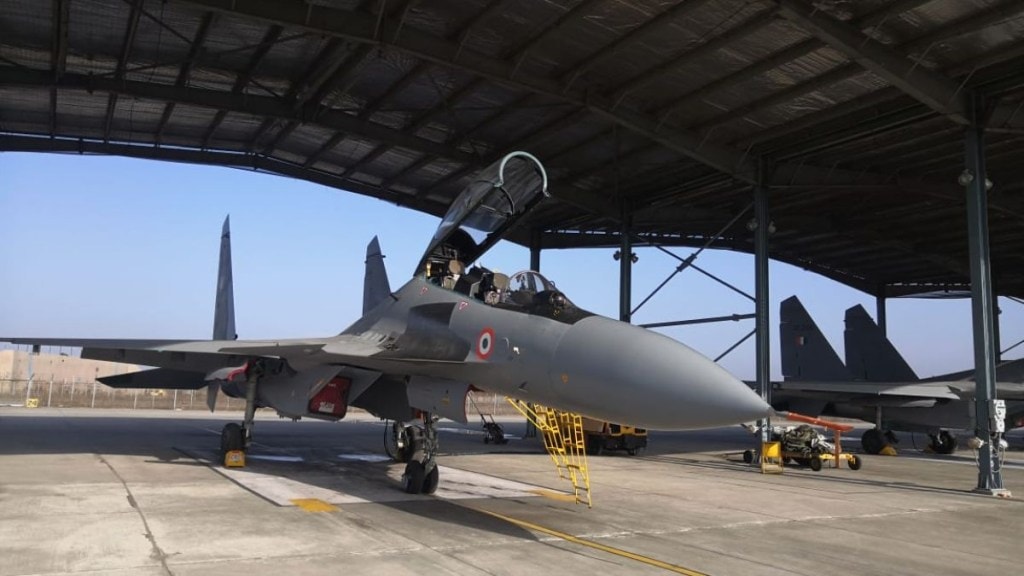India’s efforts to equip its indigenous aircraft carrier, INS Vikrant, with advanced fighter jets has reached a pivotal stage. As Prime Minister Narendra Modi prepares for his visit to France, the final announcement regarding the choice of Dassault Aviation’s Rafale-M draws near. The Indian Navy’s preference for the Rafale-M has emerged, while considerations for the number of jets required and the future of the aging MiG-29K fleet come into play. The decision holds significant implications for India’s naval aviation capabilities and strategic partnerships.

INS Vikrant and the Need for Fighter Jets:
With INS Vikrant progressing through air certification and flight integration trials, the Indian Navy’s focus shifts to selecting fighter jets for its state-of-the-art aircraft carrier. Capable of accommodating up to 30 fighter jets and helicopters, INS Vikrant seeks to bolster its air defense network and anti-ship missile systems with 26 new aircraft. Furthermore, the gradual phase-out of the aging MiG-29K fleet deployed on INS Vikramaditya creates an urgent requirement for additional squadrons. While India’s indigenously developed deck-based fighter, the TEDBF, remains a future prospect, the navy aims to bridge the gap with foreign-made fighter jets. These interim measures aim to ensure operational readiness and maintain a formidable naval presence.
Choosing Rafale-M: A Preferred Option:
As anticipation builds for Prime Minister Modi’s visit to France, the Indian Navy’s inclination towards Dassault Aviation’s Rafale-M becomes apparent. Despite issuing a request for information (RFI) in 2017 to foreign players for new jet fighters, the navy’s preference for the Rafale-M over the F/A-18 Super Hornet comes as a significant development. While both contenders demonstrated their capabilities during tests in Goa, concerns over the MiG-29K’s safety record and design compatibility have tilted the scales towards the French fighter. The forthcoming announcement during the Prime Minister’s visit holds the potential to solidify the Indo-French defence partnership, adding to the successful delivery of Rafale jets and the joint development of Scorpène-class submarines.
Counting the Jets and Future Prospects:

As discussions continue, the question arises: will the acquisition be limited to just 26 fighter jets or extend beyond? The Indian Navy aims to meet the immediate requirements of INS Vikrant while preparing for the eventual deployment of the TEDBF. The aircraft carrier’s capacity to hold nearly five squadrons hints at the need for additional fighter jets. However, the timeline for the TEDBF’s first test flight in 2026 and production readiness by 2031 necessitates interim measures. The acquisition of foreign-made jets provides a stopgap solution, ensuring the carrier’s combat readiness. It also highlights the importance of expediting the development of the TEDBF to achieve self-reliance in naval aviation.
India’s selection of fighter jets for INS Vikrant stands at a critical juncture. The decision, whether it involves 26 jets or more, will bridge the gap until the indigenous TEDBF is ready for production.

